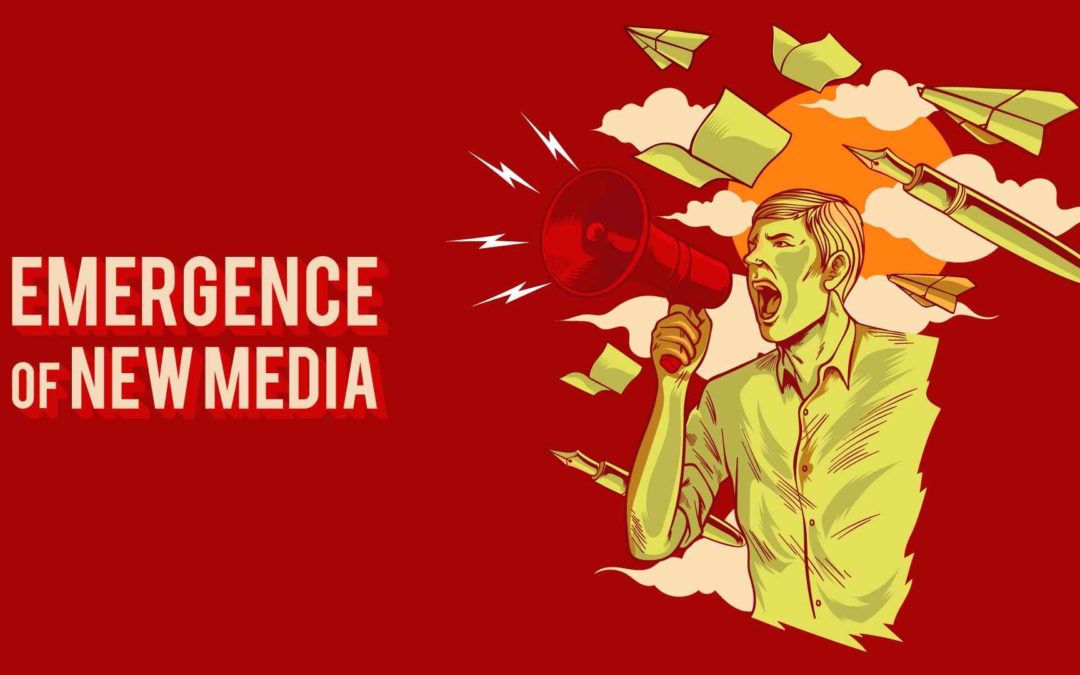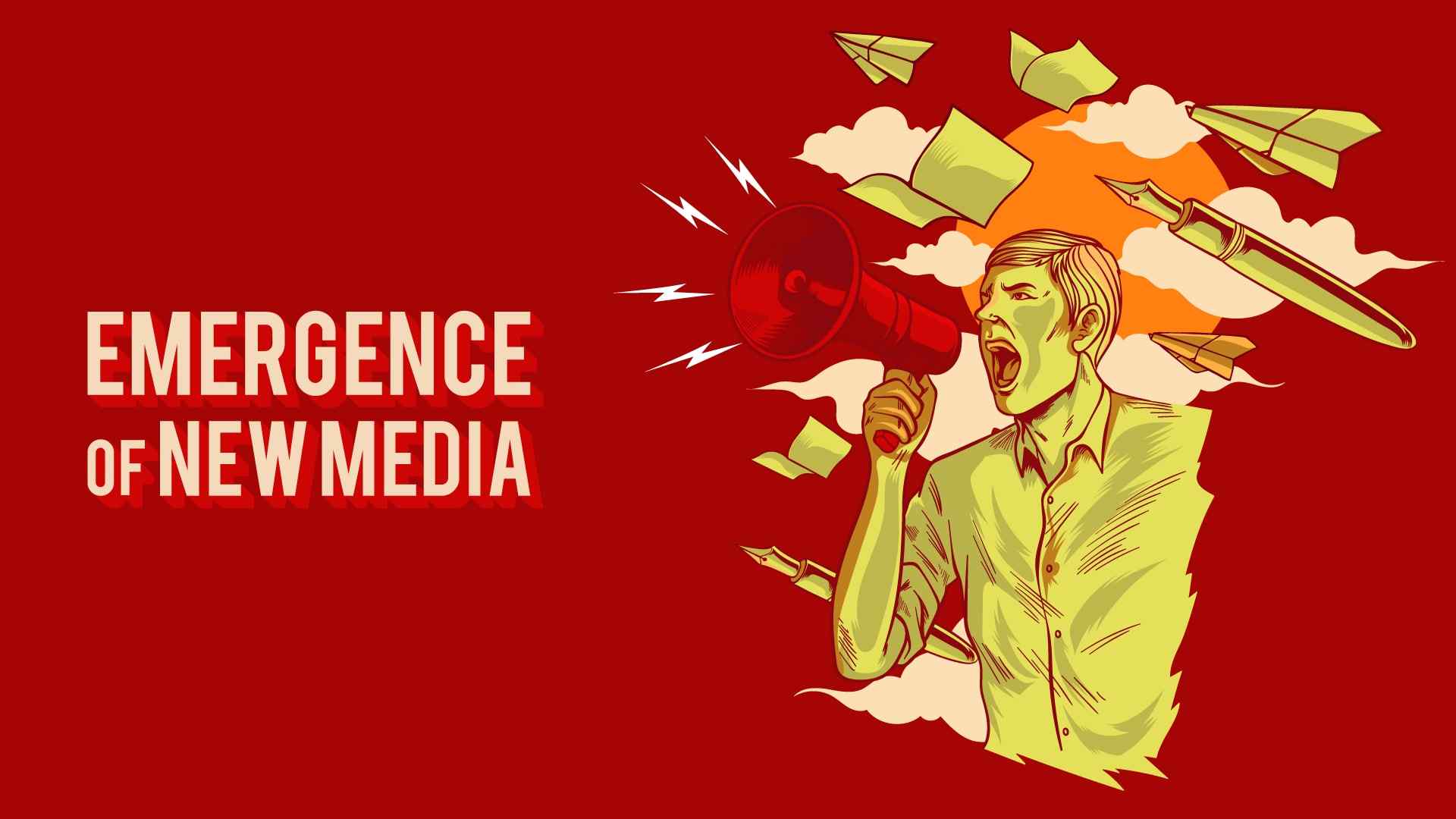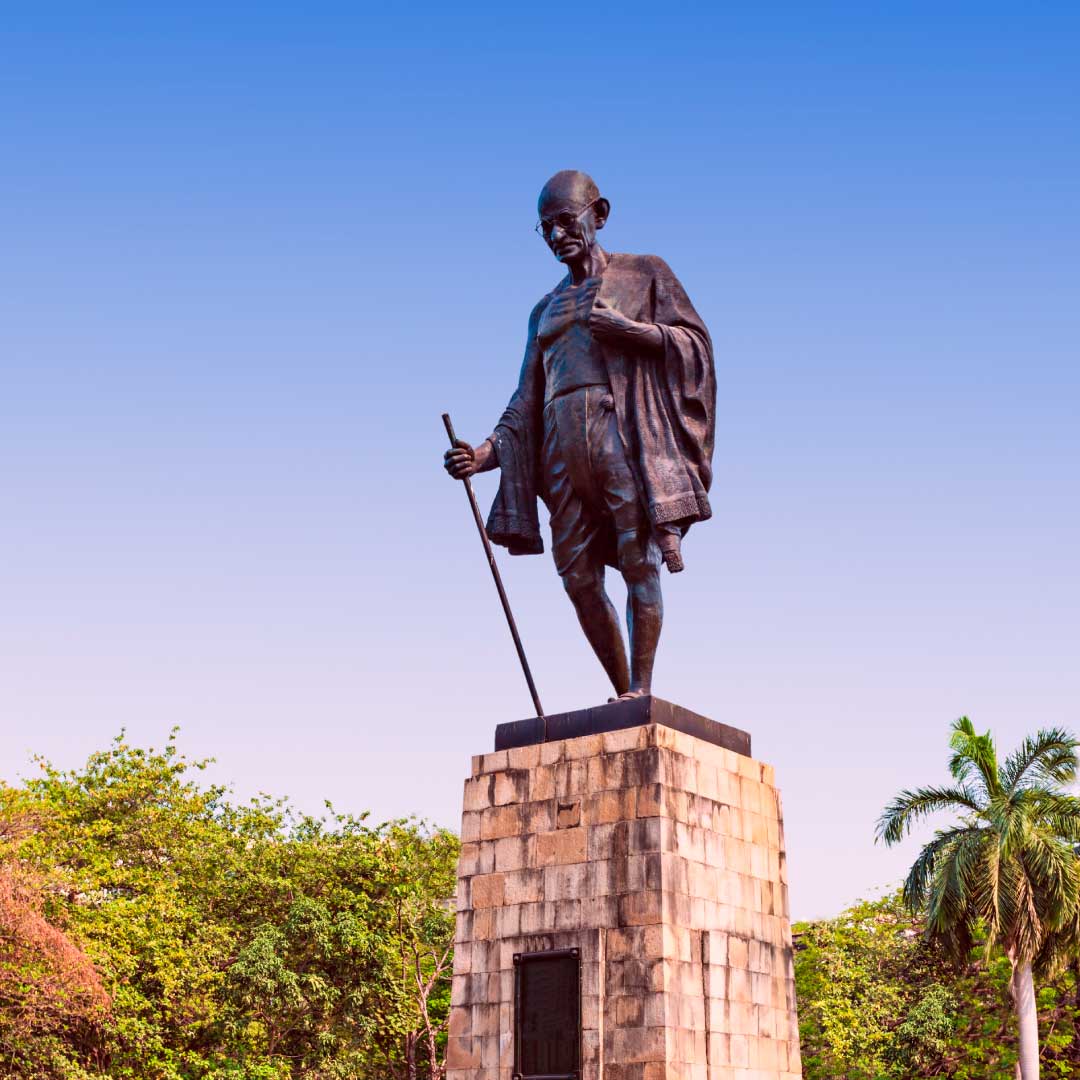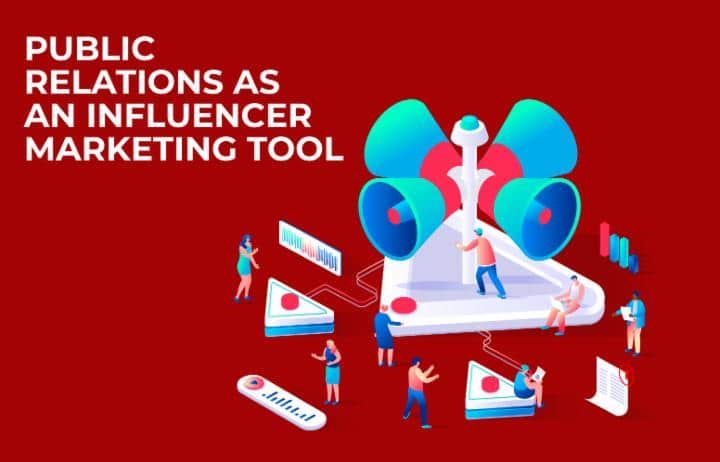
How to write an appealing boilerplate
Reporters are on the lookout for a piece of information that acts as a bird’s eye view of the company. It is necessary to keep the information to the point and refrain from including less important information. However, while you’re engaged in the process, it can be hard to narrow down the vast amount of company information to a short piece of content. A boilerplate contains only those facts and pieces of information that are vital to describe the company precisely.
Generally included at the end of a press release, a boilerplate should consist of not more than 3-4 sentences. It allows the reader to gain knowledge about the company that is not just concise, but also meaningful and adequate. The idea behind a boilerplate is to keep information comprehensive and not cluttered.
An ideal boilerplate or simply put, an “About us” statement should integrate relevant information that the media reporters and the consumer audiences can refer. If you are aiming to write a wholesome boilerplate, you should include the following details:
When was the company founded?
Information about the time when the company was established, helps the readers know how long the company has been in existence. Journalists often describe a company based on the number of years of experience the company has in the market.


Where is it located?
When the location of the company is specified, audiences looking for a service provider within their locality will be interested. It is easier to work with a company that is within the confines of city/place than looking farther away.
Is it a publicly held/ privately held/ start-up organization?
The nature of an organization helps the journalists convey the type of work that the company t. Additionally, specifying what sector it belongs to will help the audiences estimate the feasibility of being associated with such a company.


What are the core products and services offered?
The most crucial element of a boilerplate is the catalogue of products and services offered. The readers can analyze the products and then select one that is most relevant to them.
05
Who is the target audience?
Stating the stakeholders that the company caters to will give clarity to the reader and thereby help them draw any conclusions.


06
Has the company been awarded?
Achievements entitled to a company, if mentioned, might prove to be useful when journalists elucidate more on the company to the readers. It gives an instant facelift to the company and helps the client decide in favour of the company.
07
What is the Unique Selling Proposition(USP)?
The crux of an ideal boilerplate is the USP or the Unique Selling Proposition, which determines whether or not the reader finds your company appealing enough to consider working with. The USP must state what makes the company different from the others in the market.
Finding the right mix of facts that constitute a boilerplate needs to be remembered. The arrangement and order of these elements are also crucial that they impact the entire look of the boilerplate.
Even though boilerplates are typically used in press releases, they make a good fit for a company’s sales pitch, brochure and also on a website’s “About Us” section.
Here are some examples of well-written boilerplates that you could use as a reference:

NETFLIX:
Netflix is the world’s leading internet entertainment service with 139 million paid memberships in over 190 countries enjoying TV series, documentaries and feature films across a wide variety of genres and languages. Members can watch as much as they want, anytime, anywhere, on any Internet-connected screen. Members can play, pause and resume watching, all without commercials or commitments.
Refer: https://www.netflixinvestor.com/ir-overview/profile/default.aspx
NIKE:
NIKE, Inc., based near Beaverton, Oregon, is the world’s leading designer, marketer, and distributor of authentic athletic footwear, apparel, equipment, and accessories for a wide variety of sports and fitness activities. Wholly-owned NIKE, Inc. subsidiary brands include Converse, which designs, markets and distributes athletic lifestyle footwear, apparel and accessories; and Hurley, which designs, markets and distributes surf and youth lifestyle footwear, apparel and accessories. For more information, NIKE, Inc.’s earnings releases and other financial information are available on the Internet at http://investors.NIKE.com. Individuals can also visit http://news.NIKE.com and follow @NIKE
Here’s a boilerplate for our agency, Fablesquare:
Fablesquare is a full-service marketing agency based in Bangalore, India. Incorporated in October 2016, Fablesqaure caters to the marketing requirements of both B2B and B2C businesses. Fablesqaure provides end-to-end marketing services such as Branding, Digital Marketing, Website design, Content marketing, Influencer marketing, and Public relations. Since its inception, Fablesqaure has worked with 80+ clients and has successfully completed over 175 projects.
For more information, visit https://www.fablesquare.com/.


















